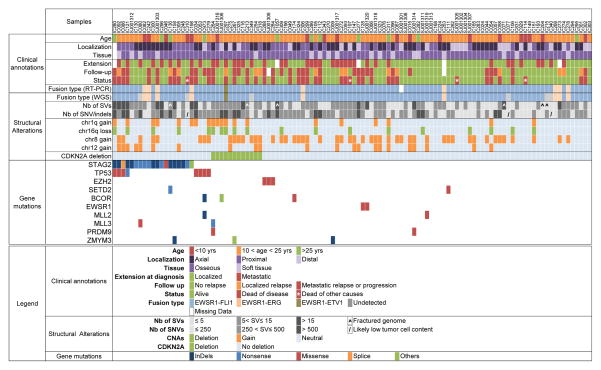Figure 1. A comprehensive profile of the genetic abnormalities in Ewing sarcoma and associated clinical information.
Key clinical characteristics are indicated, including primary site, type of tissue, and metastatic status at diagnosis, follow-up, and last news. Below is the consistency of detection of gene fusions by RT-PCR and WGS. The numbers of structural variants and single-nucleotide variants as well as indels are reported in a greyscale. The presence of the main copy-number changes, chr 1q gain, chr 16 loss, chr 8 gain, chr 12 gain and interstitial CDKN2A deletion is indicated. Last are listed the most significant mutations and their types. See Supplementary Table S2 for the complete lists of SNVs/indels, SVs, and CNAs. For gene mutations, others refer to: duplication of exon 22 leading to frameshift (STAG2), deletion of exon 2 to 11 (BCOR) and deletion of exons 1 to 6 (ZMYM3).

